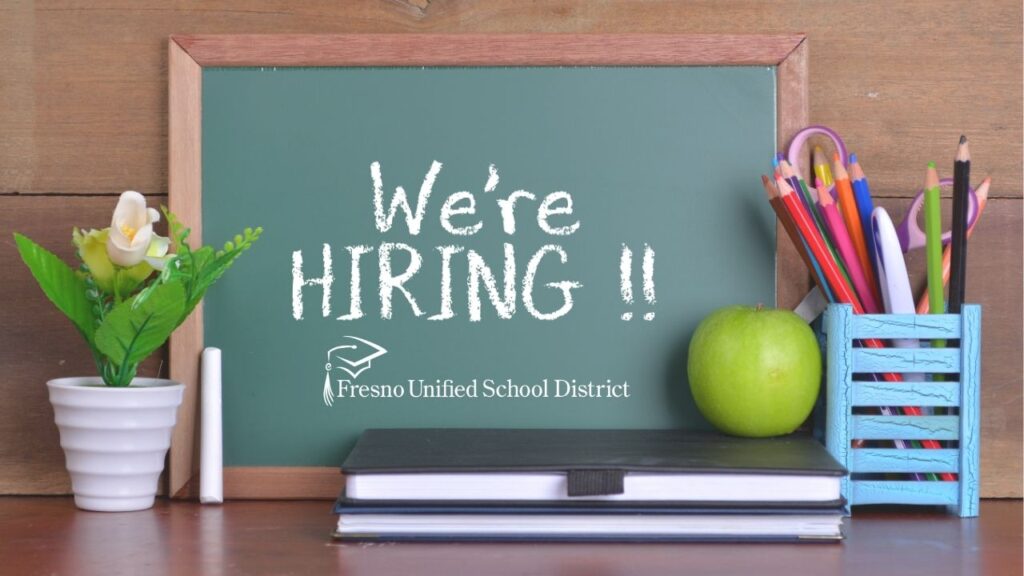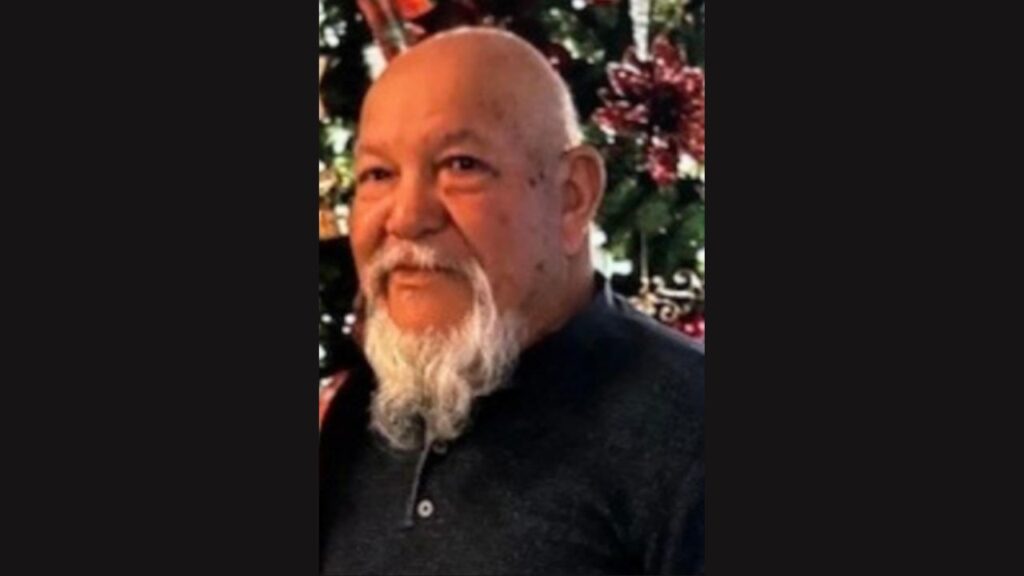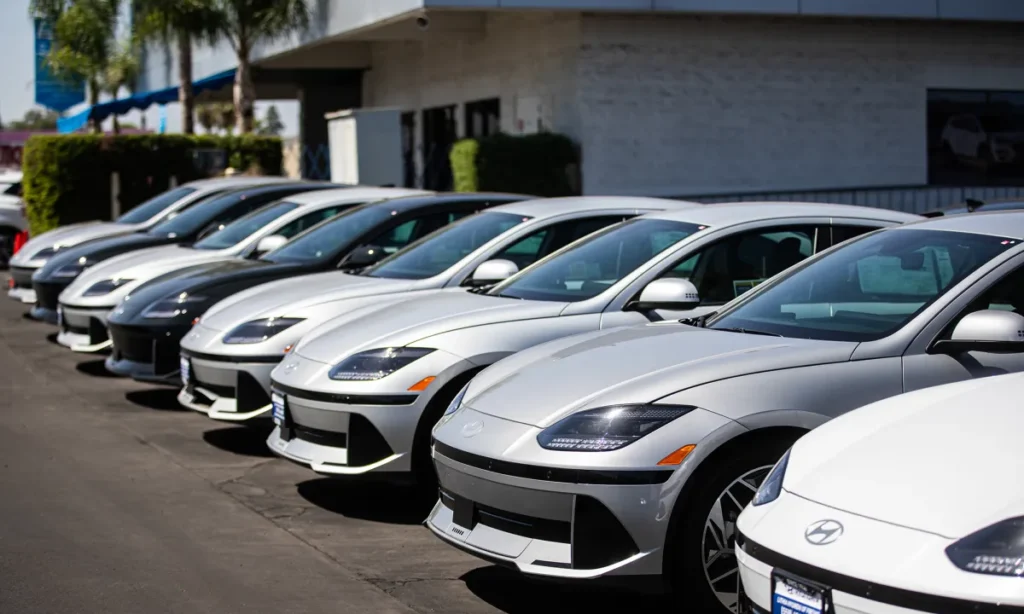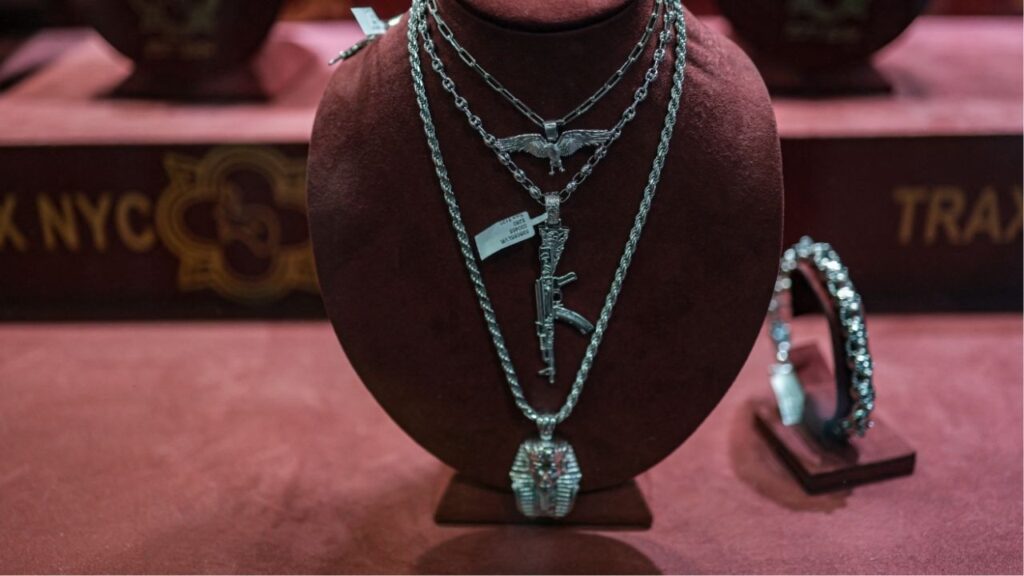Share
Teachers from Arizona and Colorado are joining teachers in Oklahoma and Kentucky on the picket line.
These teacher strikes will likely intensify the debate among elected officials over where education fits in state budget priorities. They may also prompt Americans to consider whether they are willing to pay more tax dollars to educate the country’s youth.

Opinion
Deana Rohlinger
As a scholar who studies protest and politics in the U.S., I’m often asked why teachers are striking now.
These are the three main reasons:
1. Money Matters
First, teachers are tired of trying to educate students without enough money or adequate resources. This shared grievance goes well beyond low teacher pay.
Teachers are rebelling against aging facilities, outdated teaching materials and four-day weeks – all of which are a result of reduced amounts of state and federal money flowing into public schools. In particular, funding greatly varies by school district and is often thinly spread in many states.
Take Texas, for example. School districts on the state’s east coast, especially around Houston, spend 33 percent less per student, per year, than the country’s national average of US$11,841. Compare this to school districts on Texas’s western border, which spend 33 percent more per student, per year, than the national average.
In places like West Virginia and Oklahoma, where teachers are pushing back against a poorly funded education system, most of the school districts fall anywhere from 10 to 33 percent below the national average.
Experts agree that public education has fallen on hard times in the last decade. The liberal Center on Budget and Policy Priorities notes that most schools in the U.S. took a hit after the Great Recession in 2008, and that, in 2015, 29 states in the U.S. were still spending less per student than they did in 2008.
Financial resources are particularly stretched in states that champion charter schools, which often are entitled to a piece of a state’s school dollars. According to the Education Commission of the States, 44 states and the District of Columbia permit charter schools. Of those, 25 states do not have caps on the number of charter schools that can exist. This means that the number of charter schools can increase dramatically over a relatively short period of time.
Florida, for example, added almost 100 charter schools between 2012 and 2017 – increasing the total number of charter schools in the state from 578 to 654. Education dollars in the state of Florida are attached to students rather than schools, and charter schools attract students away from the public school system. This means most public schools saw a decline in dollars received over this same period of time.
This, in turn, meant Florida schools found it more difficult to cover the costs associated with hiring teachers and support staff, as well as paying for educational materials and building upkeep. In short, less money goes to public schools in states where charter schools proliferate. The strikes are the teachers’ way of saying they have had enough.
2. Everyone Protests
Some reporters have been quick to attribute teacher protests to #TheResistance – a movement against President Donald Trump.
This assumption ignores the fact that collective action in the U.S. has been on the rise over the last few decades. Americans have grown more accustomed to organizing and taking their claims directly to politicians, and when necessary, to the streets. Between 1960 and 1985, for example, the average size of protests in the U.S. increased dramatically. Making one’s voice heard is simply a part of everyday life in the digital age.
And it’s not just liberals who use public protest as a way to achieve political goals. Protesters span the political spectrum. Remember the Tea Party’s dramatic protests outside the White House and the “sister” tea parties staged outside of state houses across the country?
This is also made clear in the fact that teachers’ political beliefs span the political spectrum. A 2017 survey commissioned by the Education Week Research Center found that K-12 teachers hold a wide array of political points of view. What they share is a passion for their profession and willingness to face down politicians over the future of public education.
Protesting, in short, isn’t only about Donald Trump. It’s an American pursuit – one made easier by new technology, social media in particular.
The man who spearheaded the Oklahoma teacher strike, Alberto Morejon, created a Facebook group after watching teachers protest in West Virginia. The group swelled to 30,000 members in three days. That is nearly three-quarters of all teachers in the state.
3. Piggybacking on Success
Finally, successful tactics spread. This was true of the lunch counter civil rights protests in the 1960s and the Occupy protests that drew attention to local issues such as homelessness in communities across the country in 2011. The same is true today. When an aggrieved group finds a tactic that seems to work, even in the short term, it can quickly spread across the country.
In the case of the teacher strikes, timing is everything. States currently are finalizing their budgets for next year, which means right now teachers have the most opportunity for influence and potentially the loudest voice.
It doesn’t hurt that school is in session, which helps shine a spotlight on the important work that teachers do as well as the conditions in which they do it. When teachers strike, schools close and education comes to a grinding halt.
It is difficult to say if teachers will have all of their demands met.
West Virginia teachers experienced some success. After nine days of the strike, Gov. Jim Justice agreed to veto anti-union legislation, agreed to set up a task force to address problems facing the state health insurance program and gave teachers a 5 percent raise.
Not all politicians, however, are agreeing to teacher demands. In Colorado, some lawmakers are pushing legislation that would punish striking teachers with jail time.
Public Education Is Important to Americans
Politicians contemplating action against teachers’ demands would be wise to note that teachers seem to have won over the hearts and minds of most Americans.
A recent poll found that the majority of Americans are willing to pay more in taxes in order to put more money into public education.
![]() This suggests that public education is important to the electorate – and there is an election right around the corner.
This suggests that public education is important to the electorate – and there is an election right around the corner.
Deana Rohlinger, Professor of Sociology, Florida State University
This article was originally published on The Conversation. Read the original article.
Categories

Fresno Unified Is Hiring. Which Positions Are Open?


















